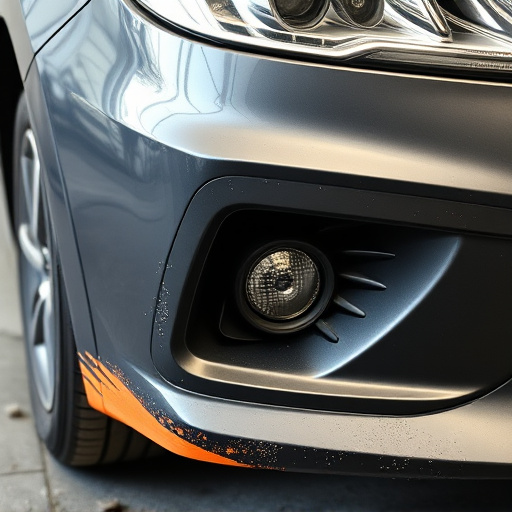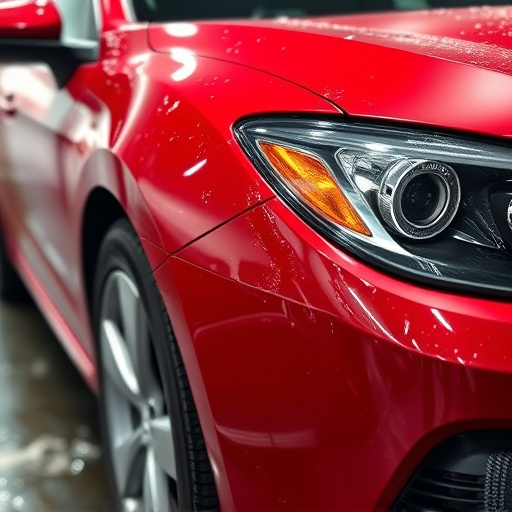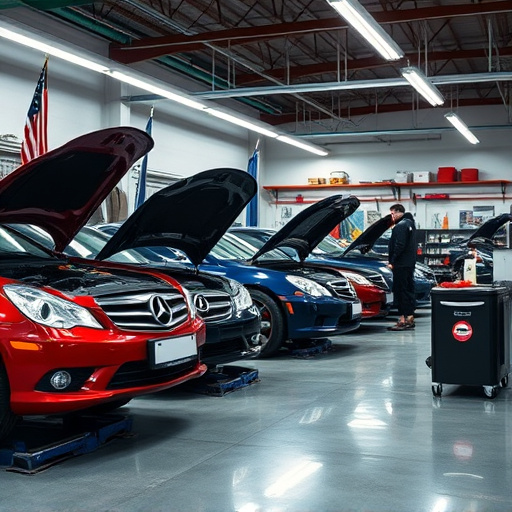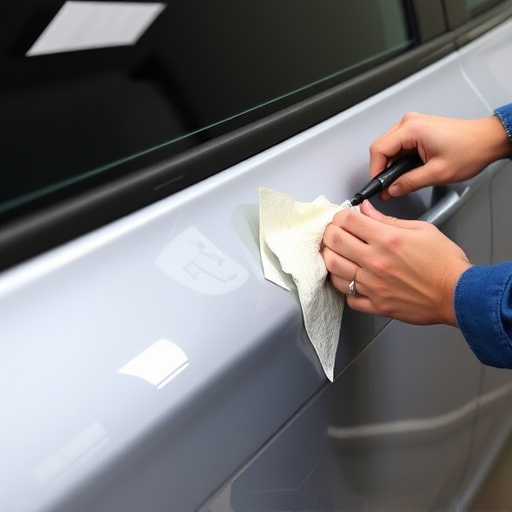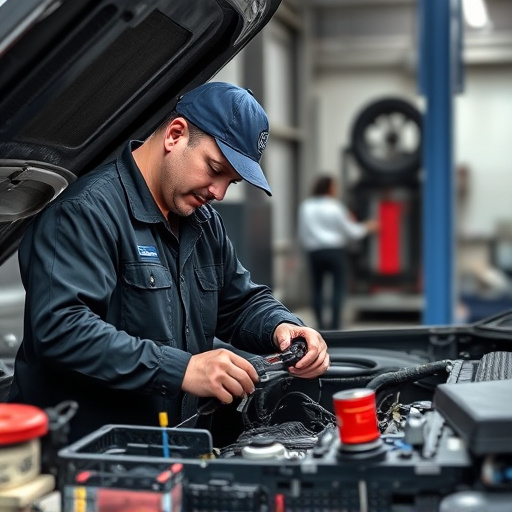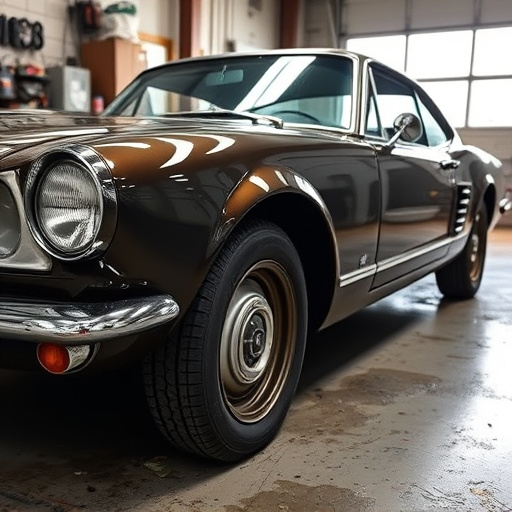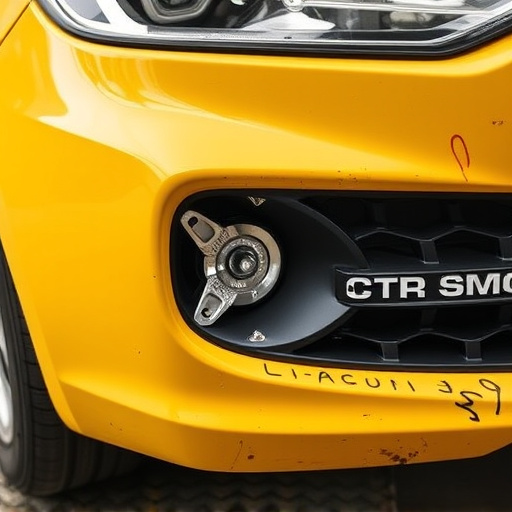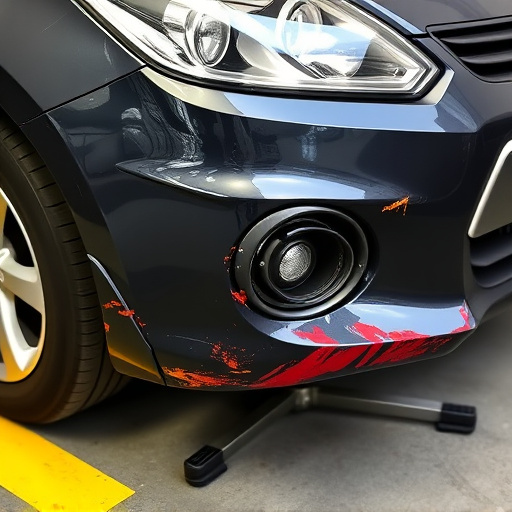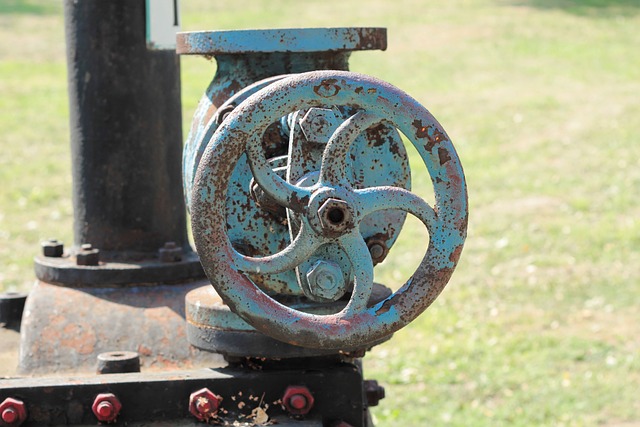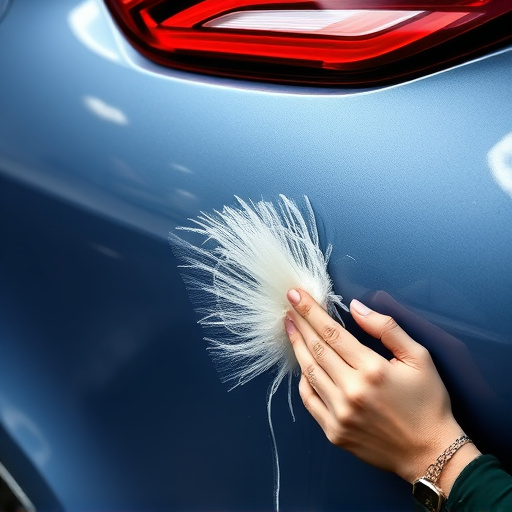Paintless dent repair (PDR) is a specialized technique for fixing shallow dents without painting, preserving the factory finish and reducing costs compared to conventional methods. Ideal for minor cosmetic imperfections like door dings, PDR requires trained technicians using specialized tools to reshape dents gently. However, severe dents or damaged panels may need more extensive autobody repairs, emphasizing the importance of professional consultation for damage assessment and optimal solution selection.
“Can all dents be fixed with paintless dent repair (PDR)? Discover the versatile yet powerful paintless dent repair method, a non-invasive technique revolutionizing auto body restoration. This article breaks down PDR basics, exploring its effectiveness on various dent types while highlighting limitations and scenarios where alternatives might be more suitable. Learn why PDR is becoming the preferred choice for many auto technicians, offering fast, cost-efficient, and virtually invisible repairs.”
- Understanding Paintless Dent Repair Basics
- Types of Dents Suitable for This Method
- Limitations and When to Consider Alternatives
Understanding Paintless Dent Repair Basics

Paintless dent repair (PDR) is a specialized auto body shop method used to remove dents and dings from vehicle surfaces without applying traditional paint or using filler. This non-invasive technique has gained popularity for its efficiency and cost-effectiveness in tire services and general auto maintenance. PDR works by accessing the damaged area behind the dent, pushing and pulling the metal back to its original shape. The process preserves the factory finish, making it a preferred solution for minor cosmetic imperfections.
The paintless dent repair method involves several steps: first, the technician inspects the damage to determine the severity and suitability for PDR. Then, they use specialized tools to access the back of the dent, often employing air pressure or vacuum technology. By carefully manipulating these tools, the metal is restored to its original contour without leaving visible repairs. This method is especially effective for dents that are shallow, or those in hard-to-reach areas, and it can significantly reduce the time and cost associated with conventional auto body repair processes.
Types of Dents Suitable for This Method

The paintless dent repair (PDR) method is most effective for certain types of dents. This non-invasive approach works best with shallow and superficial dents, often caused by minor collisions or door dings. Such dents usually don’t penetrate the clear coat or reach the metal body panel, making them ideal candidates for PDR.
In an auto collision center, trained technicians use specialized tools to gently press and reshape the dented area back to its original form. This process preserves the factory finish and avoids the need for unsightly repainting or dent removal procedures. While not suitable for all dents, PDR offers a cost-effective and less disruptive solution for car dent removal in many cases.
Limitations and When to Consider Alternatives
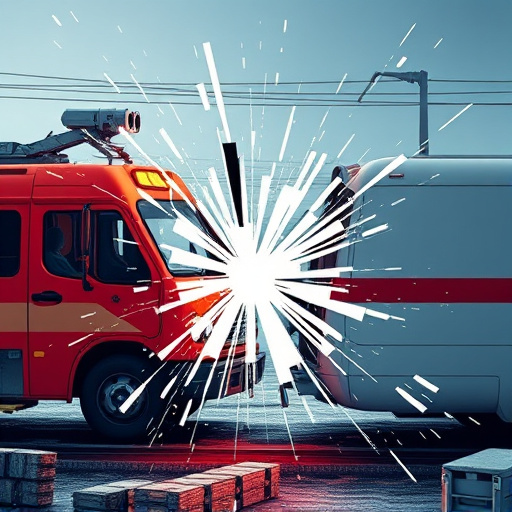
While paintless dent repair (PDR) is an innovative and effective method for fixing dents, it’s not a solution for every dent scenario. This technique, which involves using specialized tools to massage and reshape metal without painting, works best on shallow, small dents. Deep or severe dents, those that penetrate the metal’s surface, or damage involving creases and bent panels often require more extensive autobody repairs.
In such cases, traditional repair methods like filling, spot welding, or even replacing damaged components may be necessary. It’s crucial to consult with a professional auto repair near me to assess the extent of the damage and determine the best course of action, including whether PDR is suitable or if scratch repair will be more effective for achieving flawless results.
While paintless dent repair is an effective method for fixing minor dents and scratches, it’s not a universal solution. It works best on shallow, superficial dents that haven’t penetrated the vehicle’s body panel. For deeper or more complex damage, alternative repair techniques may be necessary. Understanding both the capabilities and limitations of paintless dent repair ensures that owners can make informed decisions about restoring their vehicles to their pre-damage condition.
